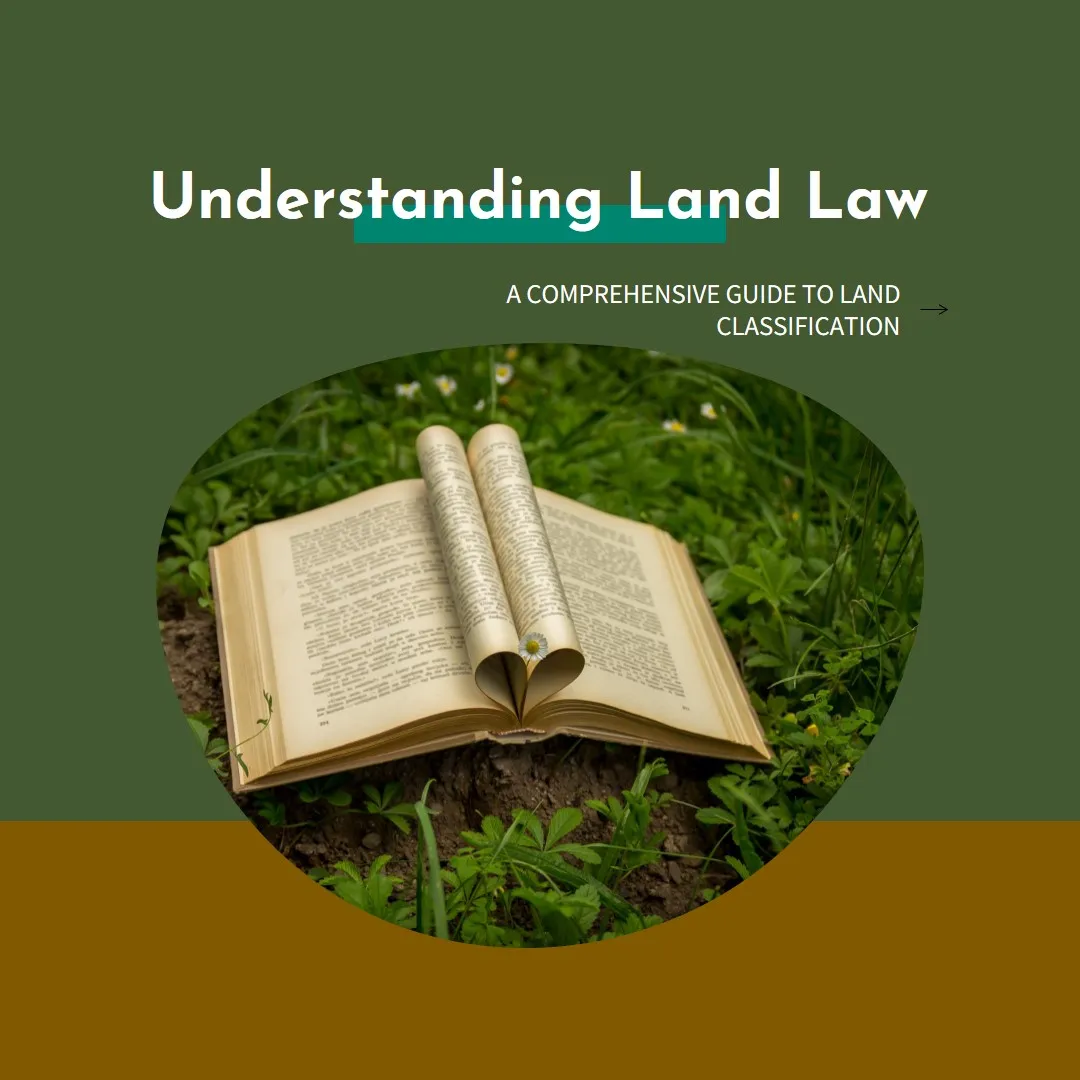
Definition of Land Law and Land
What is Land Law?
According to Martine Dixon, Land Law consists of:
- Land,
- Rights and interests associated with land, and
- The process of establishing, transferring, or terminating those rights and interests – related rules and regulations.
What is Land?
The State Acquisition and Tenancy Act 1950 defines “land” in Section 2(16) as:
- Any type of land used for farming or left unused
- Land covered with water throughout the year
If you own a piece of land, you can benefit from it in various ways. Moreover, any structure that is:
- Permanently attached to the ground
- Connected to the ground
is also considered “land”. This includes houses, buildings, and other permanent fixtures.
Classification of Land
Classification of Land
In Bangladesh, the laws do not explicitly classify different types of land. However, the use of land can be broadly divided into agricultural and non-agricultural categories.
Court Rulings on Land Classification
In the case of S N Kabir v Fatema Begum and others, the Appellate Division ruled that the Land Reforms Ordinance, 1984 applies to all types of land, both agricultural and non-agricultural, regardless of their location within or outside a municipal area.
Agricultural Land
Agricultural land is used for farming or growing plants/crops. According to Section 2(4) of the Non-Agricultural Tenancy Act, 1949, agricultural land refers to land used for activities related to farming or gardening.
Non-Agricultural Land
Non-agricultural land, as defined in the same section of the Non-Agricultural Tenancy Act, 1949, is used for purposes not related to farming or gardening. This includes residential, commercial, and industrial areas. Even if the land is not currently used but is leased or owned for non-farming purposes, it is still considered non-agricultural. Additionally, land converted by the Collector’s order to tenancy or land used for non-farming purposes for over 12 years without the landlord’s permission also falls under this category.
Changes in Pre-Emption Rights
The State Acquisition and Tenancy (Amendment) Act, 2006, introduced changes affecting homesteads. Previously, the right of pre-emption applied to agricultural land, including homesteads. The amendment removed homesteads from this scope, thus classifying them as non-agricultural land.
Specific Laws for Non-Agricultural Land
The Non-Agricultural Tenancy Act, 1949 governs non-agricultural land, but excludes land with buildings or rented land unless it is a perpetual lease. If the non-agricultural land has buildings and is rented under a non-perpetual lease, the Premises Rent Control Act, 1991 applies.
Judicial Interpretations
In Abdul Mutaleb v Mst. Rezia Begum, the Supreme Court clarified that non-agricultural leases, as defined by the 1949 Act, apply only to leases concerning non-agricultural land without buildings or huts. The usage of land is crucial in determining its classification. Sections 5(c)(ii) and 85 of the Non-Agricultural Tenancy Act, 1949, exclude land used for forests, fishing, or mining minerals from being classified as non-agricultural.
Policies on Land Classification
According to agricultural and non-agricultural khas land policies from 1995 and 1997:
- Land within a municipality, city corporation, or upazila headquarters is considered non-agricultural.
- Land outside these areas is considered agricultural.
Pre-Emption Rights in Practice
In Aminullah v Serajul Huq, the Appellate Division ruled in 2013 that a person owning any portion of land within a specific Plot or Dag No. within a municipality is a co-sharer for pre-emption purposes under section 24 of the Non-Agricultural Tenancy Act, 1949. Thus, land in the Chittagong City Corporation area qualifies as non-agricultural land under this Act.






